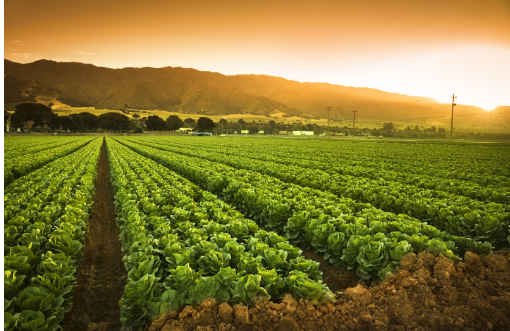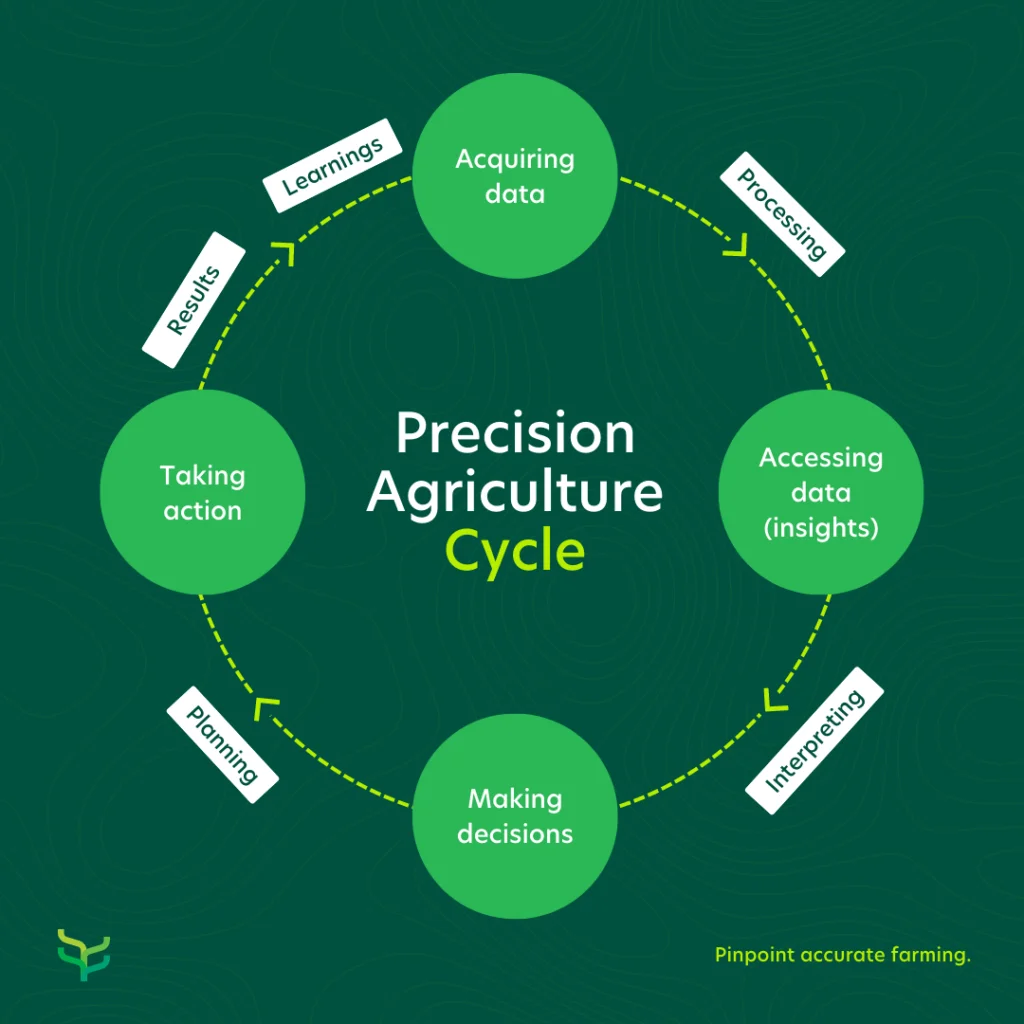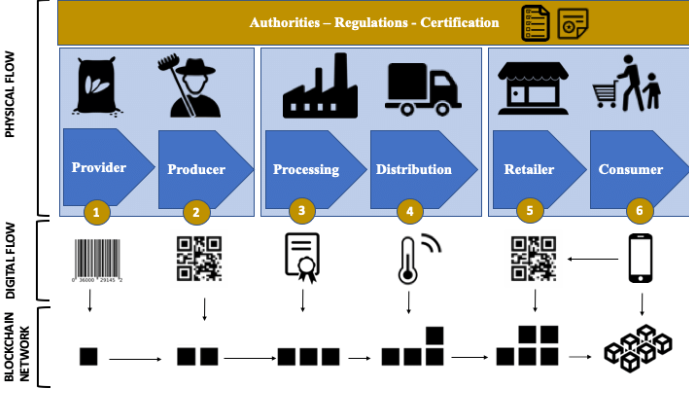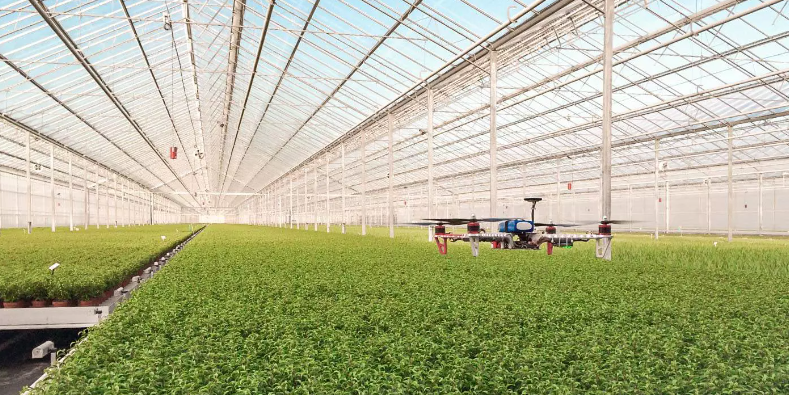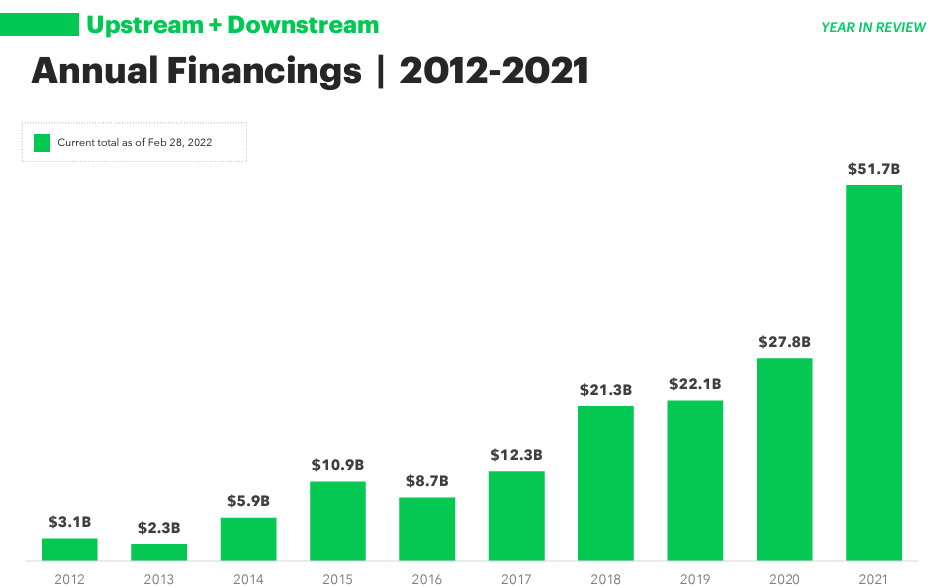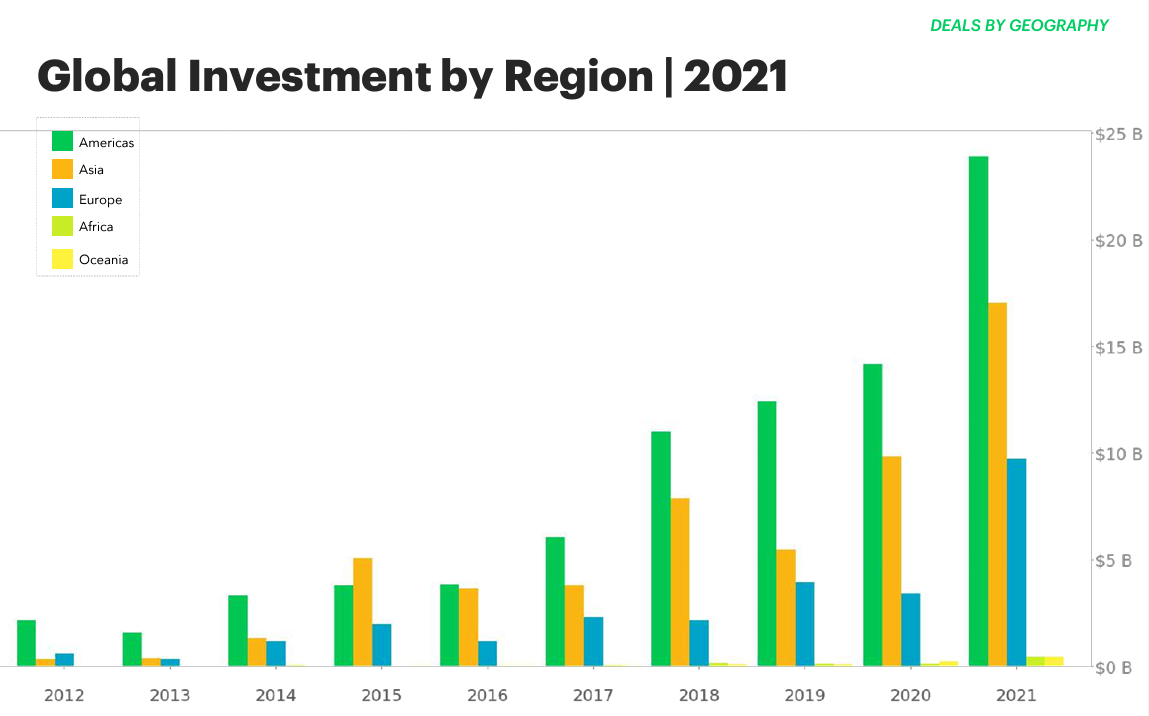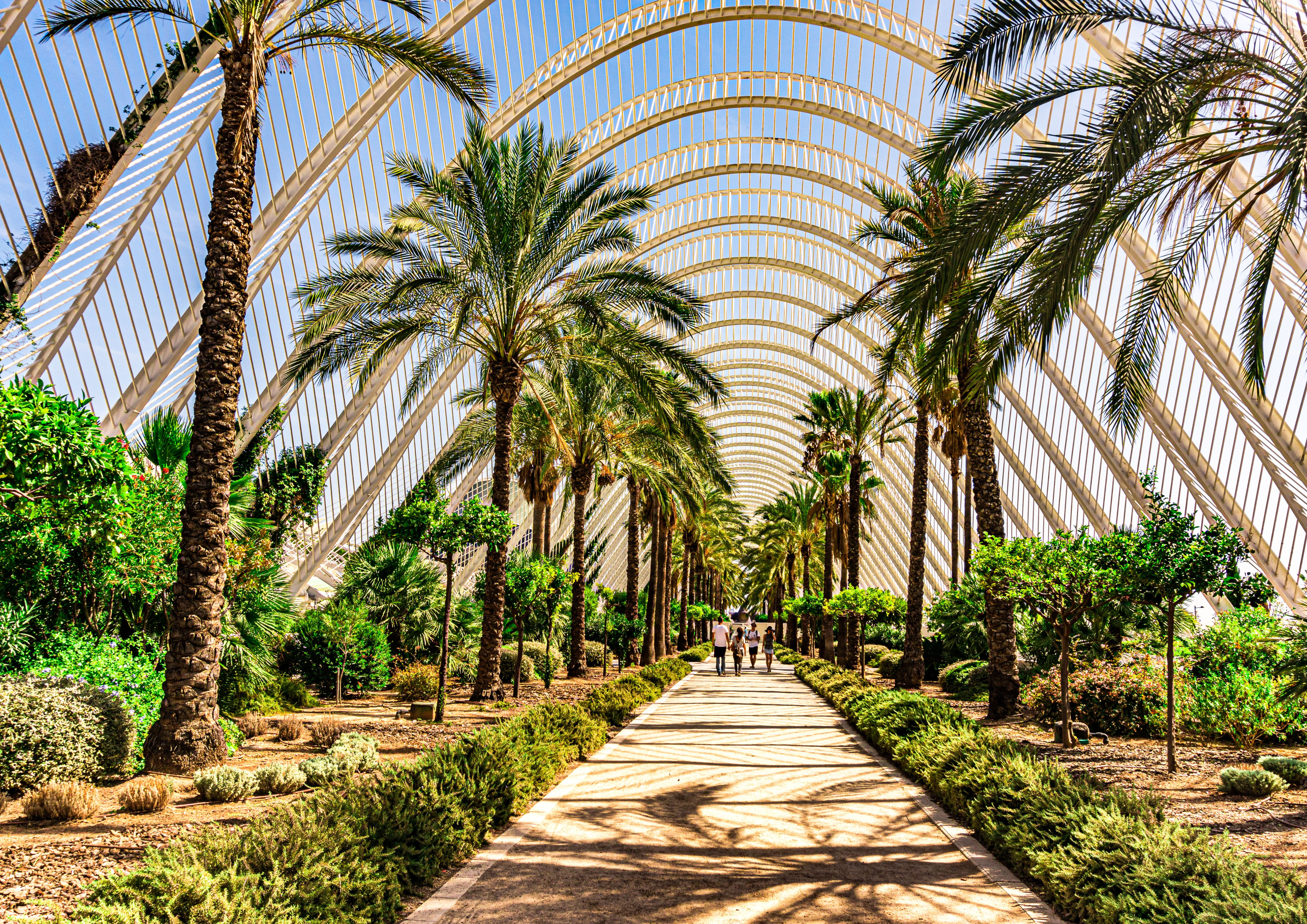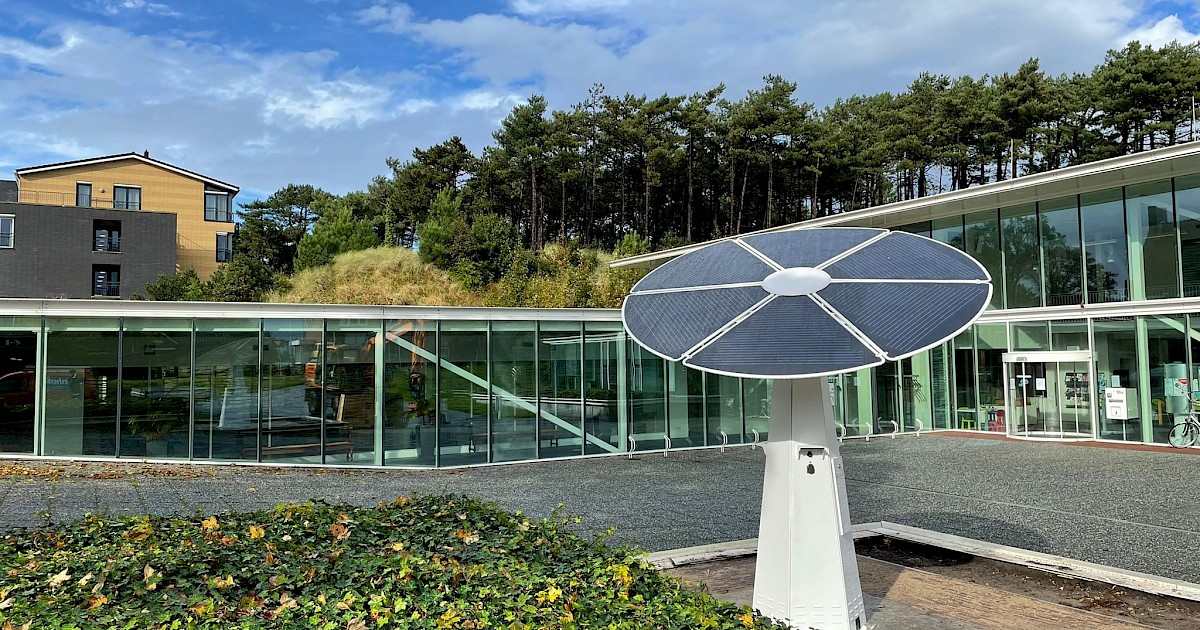Importance of Agriculture
Agriculture is the management of natural resources to sustain human life and generate economic profit. It combines creativity, imagination and skill in growing crops and raising animals with modern sustainable production methods and new technologies.
This industry is of critical importance as it fulfills multiple roles such as: Providing raw materials, creating a strong supply chain and promoting economic development. It also provides fruit and vegetables, animal feed, cotton for clothing and materials for biofuels, industrial products or pharmaceuticals. Although agriculture’s share of total GDP continues to decline, it remains an important sector of any economy.
Healthy, sustainable and inclusive food systems are critical to achieving global development goals. Agricultural development is one of the most effective tools to end extreme poverty, promote shared prosperity and feed an estimated 10 billion people by 2050.
However, the industry is facing several major challenges. Multiple shocks like COVID-19 related disruptions, extreme weather, pests, and conflicts caused higher food prices and growing hunger. Up to 783 million people faced hunger in 2022, which is 122 million more than before the COVID-19 pandemic. Of these, a quarter of a billion (258 million) faced acute food insecurity. At the same time, our food systems are responsible for about 30% of greenhouse gas emissions.



